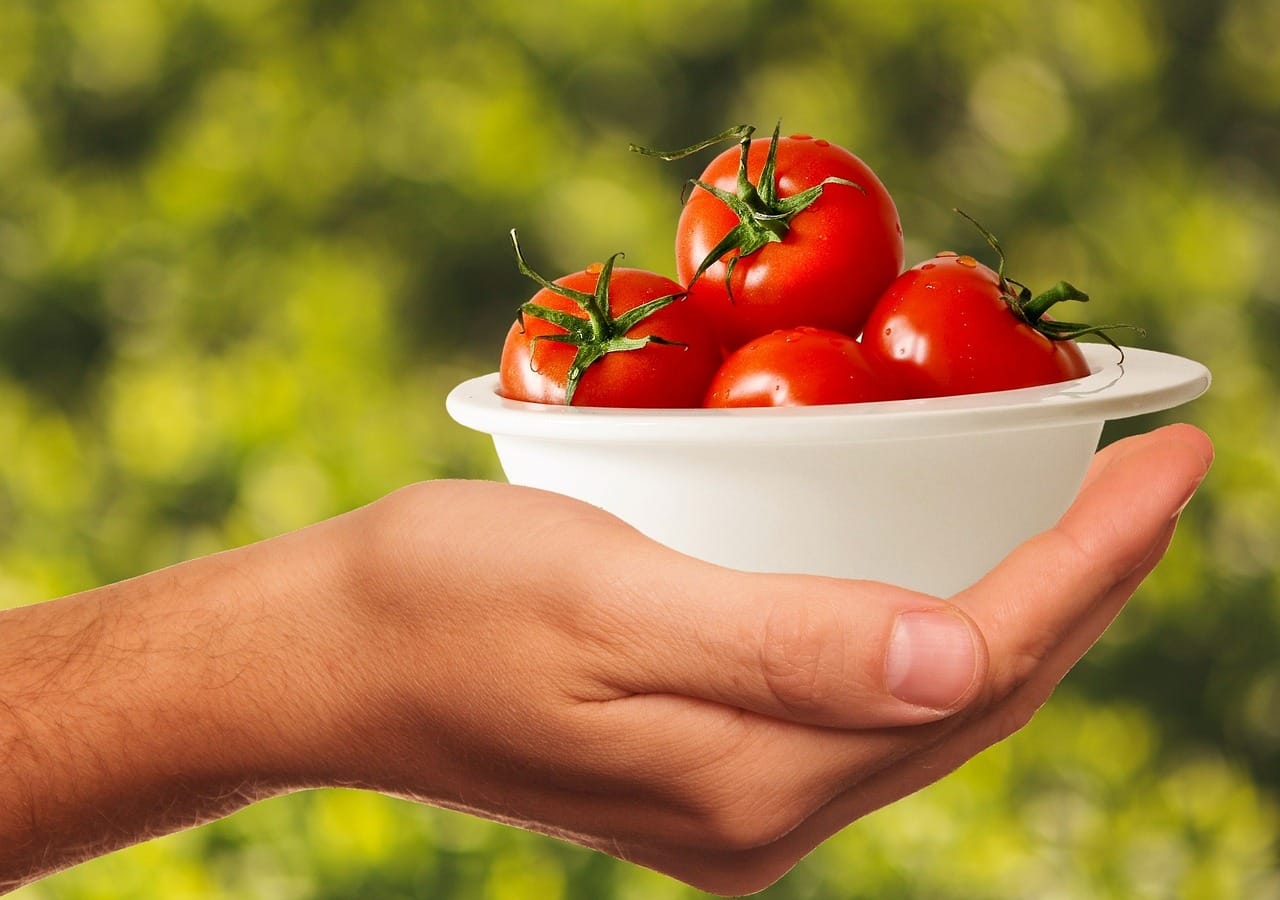The velvety texture, the subtle tang, and that captivating crimson hue – red velvet cake is more than just dessert; it’s an experience. From its mysterious origins to its enduring popularity, this iconic cake has captured hearts (and taste buds) for generations. Whether you’re a seasoned baker or a curious enthusiast, join us as we delve into the delicious world of red velvet cake, exploring its history, ingredients, and secrets to baking the perfect slice.
What is Red Velvet Cake?
Defining the Characteristics
Red velvet cake is defined by its distinct flavor profile and texture, setting it apart from other cakes. It’s not just a chocolate cake dyed red; it’s a unique creation.
- Flavor: A subtle cocoa flavor with a tangy undertone, often attributed to the buttermilk and vinegar used in the recipe.
- Texture: Incredibly soft, moist, and velvety – hence the name. This texture is achieved through the use of oil rather than butter and the chemical reaction between the acidic ingredients and the baking soda.
- Color: The signature deep red color, traditionally achieved through a reaction between cocoa and acidic ingredients. Today, food coloring is often used to enhance the red hue.
- Frosting: Typically paired with cream cheese frosting, which complements the cake’s tanginess with its rich, creamy sweetness.
Red Velvet Cake vs. Chocolate Cake: Key Differences
While red velvet cake contains cocoa powder, it’s fundamentally different from chocolate cake. Here’s a comparison:
- Cocoa Content: Red velvet generally uses less cocoa powder than a traditional chocolate cake, contributing to its milder chocolate flavor.
- Acidity: Red velvet relies on acidic ingredients like buttermilk and vinegar to create its characteristic tang and tender crumb. Chocolate cake, while it might sometimes include these, doesn’t depend on them to the same degree.
- Texture: Red velvet is renowned for its incredibly soft and velvety texture, often softer than many chocolate cakes.
- Flavor Profile: Red velvet offers a more complex flavor profile with tangy and subtle chocolate notes, whereas chocolate cake usually has a more pronounced chocolate flavor.
The History and Origins of Red Velvet Cake
Tracing Back the Roots
The exact origins of red velvet cake are debated, but here’s a glimpse into its historical journey:
- Early 20th Century: Some believe it evolved from “velvet cakes” popular in the Victorian era, known for their soft, fine crumb achieved through the use of cake flour.
- The Great Depression: Recipes using beet juice as a natural red coloring agent and a means to keep cakes moist became prevalent during this period.
- Waldorf-Astoria Connection: The Waldorf-Astoria Hotel in New York City is often credited with popularizing red velvet cake, although evidence is circumstantial.
- Adams Extract Company: In the 1940s, Adams Extract Company, a food coloring and flavoring manufacturer, heavily promoted red velvet cake recipes to boost sales of their red food coloring.
The Role of Food Coloring
While original recipes relied on the natural reaction between cocoa and acidic ingredients for the red hue, food coloring played a significant role in popularizing the cake’s distinctive appearance.
- Enhancing the Color: Food coloring allowed for a more consistent and vibrant red color, regardless of the quality or type of cocoa used.
- Marketing Advantage: The striking red color became a marketing tool, making the cake visually appealing and memorable.
Key Ingredients and Their Importance
The Essential Components
Each ingredient in red velvet cake plays a crucial role in achieving the perfect flavor, texture, and color.
- All-Purpose Flour: Provides structure to the cake. Measure accurately for the best results.
- Cocoa Powder: Contributes the subtle chocolate flavor. Use unsweetened cocoa powder.
- Baking Soda: Reacts with the acidic ingredients to create lift and contribute to the cake’s texture.
- Salt: Enhances the flavors of the other ingredients.
- Sugar: Adds sweetness and moisture.
- Oil: Contributes to the cake’s moist and tender texture. Vegetable oil or canola oil works well.
- Eggs: Provide structure, richness, and binding.
- Buttermilk: Adds tanginess and helps tenderize the gluten, resulting in a softer cake.
- Vinegar: Reacts with the baking soda to create lift and enhance the red color.
- Vanilla Extract: Enhances the overall flavor.
- Red Food Coloring: Provides the signature red color. Gel food coloring is recommended for a more intense and vibrant hue.
Ingredient Swaps and Substitutions
While the classic recipe is best, here are some potential substitutions:
- Buttermilk: If you don’t have buttermilk, you can make a substitute by adding 1 tablespoon of white vinegar or lemon juice to 1 cup of milk and letting it sit for 5-10 minutes until slightly curdled.
- Oil: Melted butter can be used, but it will slightly alter the texture.
- Red Food Coloring: Beet juice can be used as a natural alternative, but the color will be less vibrant.
Baking the Perfect Red Velvet Cake
Step-by-Step Instructions
Here’s a general guide to baking red velvet cake. Always refer to a specific recipe for precise measurements and instructions.
Tips and Tricks for Success
- Accurate Measurements: Baking is a science, so accurate measurements are crucial. Use measuring cups and spoons designed for baking.
- Room Temperature Ingredients: Using room temperature ingredients allows them to emulsify properly, resulting in a smoother batter.
- Don’t Overmix: Overmixing develops the gluten in the flour, leading to a tough cake. Mix until just combined.
- Use Gel Food Coloring: Gel food coloring provides a more concentrated color than liquid food coloring.
- Test for Doneness: Use a toothpick to test for doneness. It should come out clean or with a few moist crumbs attached.
Cream Cheese Frosting: The Perfect Pairing
Cream cheese frosting is the classic accompaniment to red velvet cake. Its tangy sweetness perfectly complements the cake’s flavor.
- Ingredients: Cream cheese, butter, powdered sugar, and vanilla extract.
- Tips: Use softened cream cheese and butter for a smooth frosting. Don’t overbeat, as this can make the frosting too soft.
- Variations: Add a pinch of salt to balance the sweetness or a dash of lemon juice for extra tanginess.
Variations and Modern Takes on Red Velvet
Beyond the Traditional Cake
The popularity of red velvet has led to numerous variations and adaptations.
- Red Velvet Cupcakes: Miniature versions of the classic cake, perfect for parties and individual servings.
- Red Velvet Cookies: Chewy and soft cookies with the signature red velvet flavor.
- Red Velvet Cheesecake: A decadent combination of red velvet cake and creamy cheesecake.
- Red Velvet Brownies: Rich and fudgy brownies with a hint of red velvet flavor.
- Vegan Red Velvet Cake: Made with plant-based ingredients, offering a cruelty-free alternative.
Incorporating Red Velvet Flavor
The distinctive red velvet flavor can be incorporated into other desserts and treats.
- Red Velvet Hot Chocolate: A cozy and comforting drink with red velvet flavor and color.
- Red Velvet Pancakes: Fluffy pancakes with a hint of red velvet flavor, perfect for a special breakfast.
- Red Velvet Ice Cream: Creamy ice cream with red velvet cake pieces and cream cheese swirls.
Conclusion
Red velvet cake, with its intriguing history, unique flavor, and captivating color, remains a beloved dessert around the world. Whether you stick to the classic recipe or explore modern variations, understanding the key ingredients and techniques will help you bake a truly unforgettable cake. So, preheat your oven, gather your ingredients, and embark on your own red velvet adventure. Enjoy the velvety goodness!




